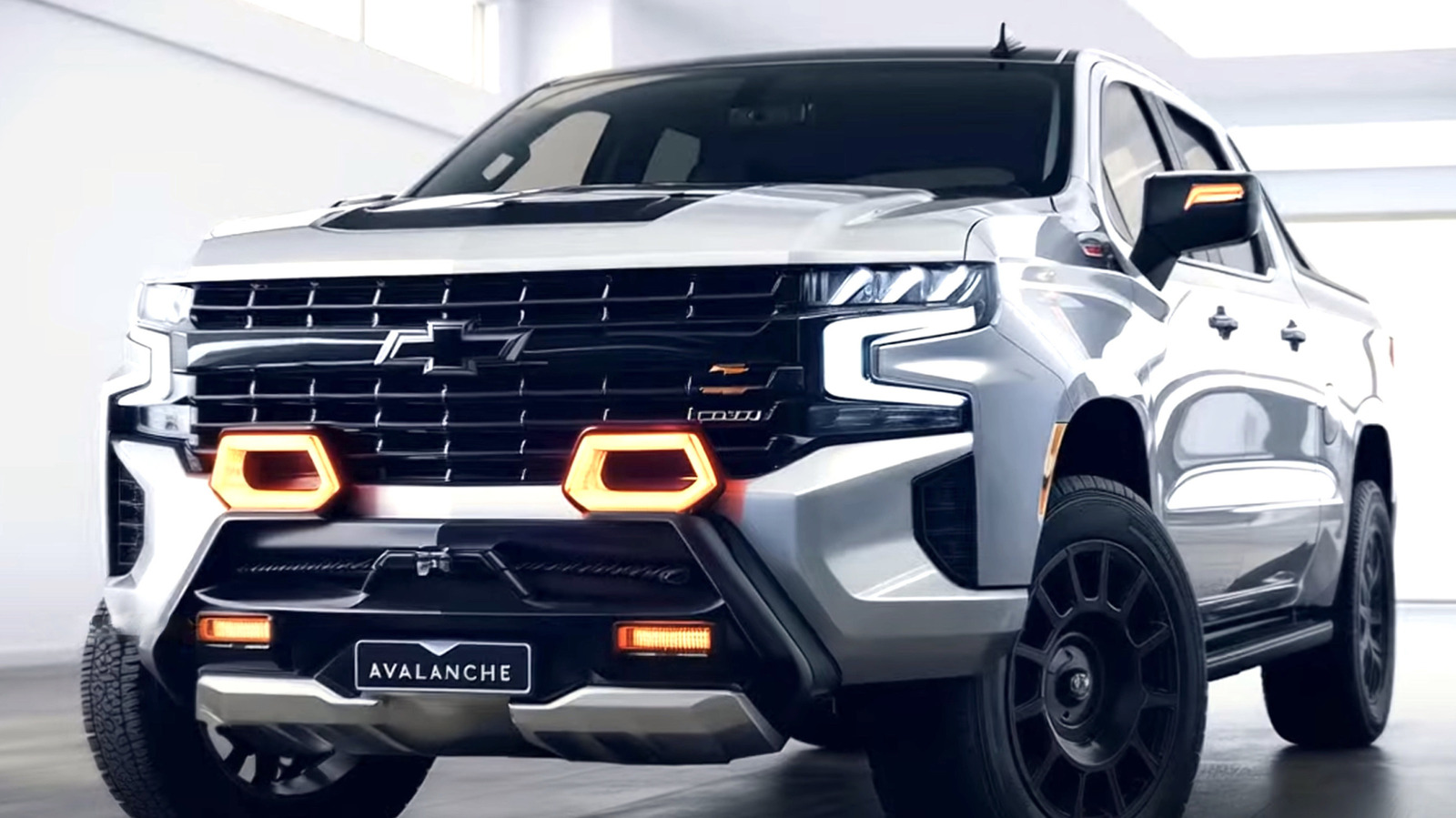
When the Chevy Avalanche was initially launched in the early 2000s, it stood out as a unique entity in the automotive landscape, falling somewhere between a traditional sport utility vehicle and a pickup truck. The vehicle aimed to blend the strengths of both categories, with Chevy’s design team essentially mounting the frame of a full-size SUV onto a pickup truck bed. While this combination earned the Avalanche a spot among the most unusual Chevrolets ever produced, even its critics had to acknowledge the compelling design. During its production run, the Avalanche gained enough popularity to remain in the Chevy lineup for nearly a decade before Chevrolet decided to discontinue it in 2013.
Advertisement
In the years following its discontinuation, rumors about a potential return of the Avalanche have ebbed and flowed, but in recent times, they have intensified significantly. Some online media outlets and YouTube channels are alleging that Chevy is gearing up to reintroduce the Avalanche for the 2025 model year. Some have even presented what they claim to be concept art for the next-gen Avalanche as evidence of this anticipated revival. Although certain pieces of that art appear quite convincing, it is essential to point out that Chevrolet has yet to announce or verify plans for a new Avalanche in 2025 or in the near future.
Given this context, it seems reasonable to conclude that the chatter surrounding the Avalanche’s comeback is largely speculative. It is also probable that the concept art circulating, which has been fueling the current hype, is the product of an artificial intelligence program.
Advertisement
The ’25 Avalanche is likely AI generated
The Chevy Avalanche is not the only vehicle that has become entangled in recent AI-driven rumors. In fact, it has become increasingly common for online platforms to harness AI technology to fabricate or bolster misleading narratives about the revival of once-celebrated automotive models, with notable examples including the Subaru Baja and the long-defunct Pontiac GTO now appearing in these fabricated discussions.
Advertisement
If you’re worried about falling for one of these fake automotive AI constructs, there are some clear indicators to help recognize the authenticity of any dubious images or videos. Telltale signs include random blurring in portions of the image, glaring misspellings, and aspects of the design that simply don’t align logically with the overall presentation.
For example, in one YouTube video showcasing a supposed 2025 Chevy Avalanche—which has already garnered nearly 4,000 views—it is evident that a subpar AI program was used in its creation. The very first image in the video features a noticeable misspelling, where the vehicle’s license plate reads “Avilanche” instead of the correct “Avalanche.” Such typographical errors are prevalent throughout the content, with some words being nearly impossible to decipher. Additionally, random blurring is apparent in nearly every image, and the truck’s front grill noticeably alters in design multiple times during the clip, as do the style and positioning of its exhaust pipes at the rear.
Advertisement



